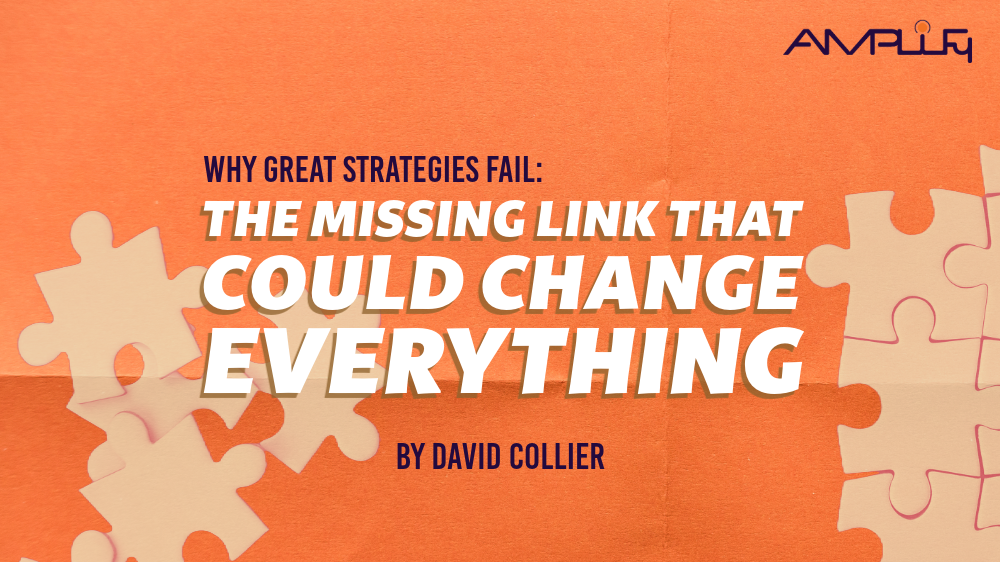How to Build a Future-Proof Talent Strategy for High-Growth Companies
Talent is the single biggest factor in whether a high-growth company thrives or stalls. As companies scale, the challenge shifts from just hiring quickly to hiring the right people who can grow with the business.
At Amplify Resources Group, we’ve seen firsthand how hiring missteps can slow down even the most promising companies:
- Bad hires cost companies 30% of annual salary in lost productivity and rehiring costs.
- Hiring delays can set growth targets back 6-12 months.
- Companies that don’t hire for future needs end up in constant reactive mode, always playing catch-up.
So, how do you build a scalable and future-proof talent strategy?
Here’s our
4-step framework to help high-growth companies hire, develop, and retain the right people for sustainable success.
Step 1: Align Hiring with Long-Term Business Strategy
Many companies hire for immediate gaps, but the best companies hire for the next stage of growth.
Key questions to ask before hiring:
- What roles will we need 12-24 months from now?
- Which positions have the biggest impact on revenue, efficiency, or innovation?
- Where do process or personnel bottlenecks slow us down the most?
Example:
A fast-scaling SaaS company we worked with was aggressively hiring engineers to meet short-term product deadlines. But they didn’t plan for customer success and implementation teams to scale at the same pace. As a result, churn increased due to onboarding inefficiencies. By shifting to a
cross-functional hiring strategy, they reduced churn by
15% in just six months and improved retention.
Step 2: Design a High-Retention Hiring Process
Hiring for skills alone isn’t enough—alignment with company culture, mission, and adaptability is critical.
How to increase retention from Day 1:
- Pre-hire clarity: Ensure candidates understand the role, challenges, and growth trajectory.
- Cultural alignment: Hire for adaptability and ownership, not just technical skill.
- Structured onboarding: Create first-90-day success plans to integrate new hires quickly.
Example: A VC-backed e-commerce startup had 40% turnover in the first year due to poor hiring processes and unclear expectations. We helped them implement structured role scorecards and a more rigorous interview process, improving first-year retention to 90% and reducing replacement hiring costs.
Step 3: Invest in Internal Growth & Upskilling
Companies that focus only on external hiring bleed money on churn. Instead, the best high-growth firms develop their internal teams to meet evolving needs.
Key strategies for internal talent development:
- Leadership pipeline: Identify and train future managers early to avoid leadership gaps.
- Cross-functional skill-building: Develop employees so they can pivot into new roles as needs change.
- Career mapping: Provide clear advancement paths to retain top performers.
Example: A B2B fintech company struggled to fill senior product roles externally, leading to delayed launches and team burnout. Instead of relying solely on external hires, they launched an internal career acceleration program, filling 50% of senior roles from within and cutting time-to-hire for leadership positions by half.
Step 4: Scale Hiring with Systems, Not Just People
Scaling talent isn’t just about more recruiters—it’s about building the right processes and using data-driven hiring.
Future-proof hiring strategies:
- AI-driven sourcing: Automate candidate screening for efficiency and better match rates.
- Talent dashboards: Use real-time hiring and performance analytics to forecast hiring needs.
- Process automation: Reduce manual work in scheduling, assessments, and onboarding.
Example: A rapidly scaling logistics tech company was struggling to hire fast enough due to
bottlenecks in the interview process. By automating
resume screening and first-round assessments, they
cut time-to-hire by 40% while improving candidate quality.
A future-proof hiring strategy isn’t just about filling roles—it’s about building a workforce that scales with your company. The best high-growth firms take a proactive, data-driven, and long-term approach to hiring and talent development.
If you’re struggling with hiring bottlenecks or talent retention, we can help you optimize your talent strategy for faster hiring, higher retention, and long-term scalability.




